- Power Source: DC,AC
- Channels: 1
- Cabinet Material: Metal
- Model Number: AMT-YDG920-01-6Ohm-30W
- Battery: No
- Communication: AUX
- Support Apt-x: Yes
- Voice Control: No
- Built-in Microphone: No
- Audio Crossover: Two-Way
- Support APP: No
- Display Screen: No
Sounderlink 1 PC 30W 60W High Power HiFi defniition Speaker ribbon tweeter AMT transformer aluminum front panel
$27.00
200 in stock
Description
- Power Source: DC,AC
- Channels: 1
- Cabinet Material: Metal
- Model Number: AMT-YDG920-01-6Ohm-30W
- Battery: No
- Communication: AUX
- Support Apt-x: Yes
- Voice Control: No
- Built-in Microphone: No
- Audio Crossover: Two-Way
- Support APP: No
- Display Screen: No
- Material: Metal
- PMPO: 60W
- Frequency Range: 60Hz-23KHz
- Intelligent Personal Assistant: None
- Waterproof: No
- Number of Loudspeaker Enclosure: 1
- Output Power: 30W
- Support Memory Card: No
- Brand Name: Sounderlink
- Playback Function: None
- Display Screen: No
- Feature: None
- Speaker Type: Bookshelf
- Special Feature: Mini
- Speaker Classification: Tweeter
- Interface Type: None
- Speaker Type: Mini
- Wireless Type: None
- Communication: Wired
- Intelligent Personal Assistant: None
Buy the planner amr ribbon tweeter speaker will offer aluminum panel as a gift as below picture
| Rated Impedance | 6.6Ω/8 | Front Panel | Aluminum | |||
| Sensitivity | 93dB | Finish of Panel | Powder coat | |||
| Frequency Range | 3k~40k Hz | Diaphram | KAPTON | |||
| RMS Power | 30W | Conductive Line | Alumium foil | |||
| Max Power | 60W | Magnet | Neodymium | |||
| Lowest crossover | 3.6k Hz(recommend) | Size(mm) | 76*48*13mm |
QTY 1PC



Below picture is the front panel with a film

This picture is after clear the front film






A ribbon tweeter uses a very thin diaphragm (often of aluminum, or perhaps metalized plastic film) that supports a planar coil frequently made by deposition of aluminium vapor, suspended in a powerful magnetic field (typically provided by neodymium magnets) to reproduce high frequencies. The development of ribbon tweeters has more or less followed the development of ribbon microphones. The ribbon is of very lightweight material and so capable of very high acceleration and extended high frequency response. Ribbons have traditionally been incapable of high output (large magnet gaps leading to poor magnetic coupling is the main reason). But higher power versions of ribbon tweeters are becoming common in large-scale sound reinforcement line array systems, which can serve audiences of thousands. They are attractive in these applications since nearly all ribbon tweeters inherently exhibit useful directional properties, with very wide horizontal dispersion (coverage) and very tight vertical dispersion. These drivers can easily be stacked vertically, building a high frequency line array that produces high sound pressure levels much farther away from the speaker locations than do conventional tweeters.
Planar-magnetic tweeter
Some loudspeaker designers use a planar-magnetic tweeter, sometimes called a quasi-ribbon. Planar magnetic tweeters are generally less expensive than true ribbon tweeters, but are not precisely equivalent as a metal foil ribbon is lighter than the diaphragm in a planar magnetic tweeter and the magnetic structures are different. Usually a thin piece of PET film or plastic with a voice coil wire running numerous times vertically on the material is used. The magnet structure is less expensive than for ribbon tweeters.
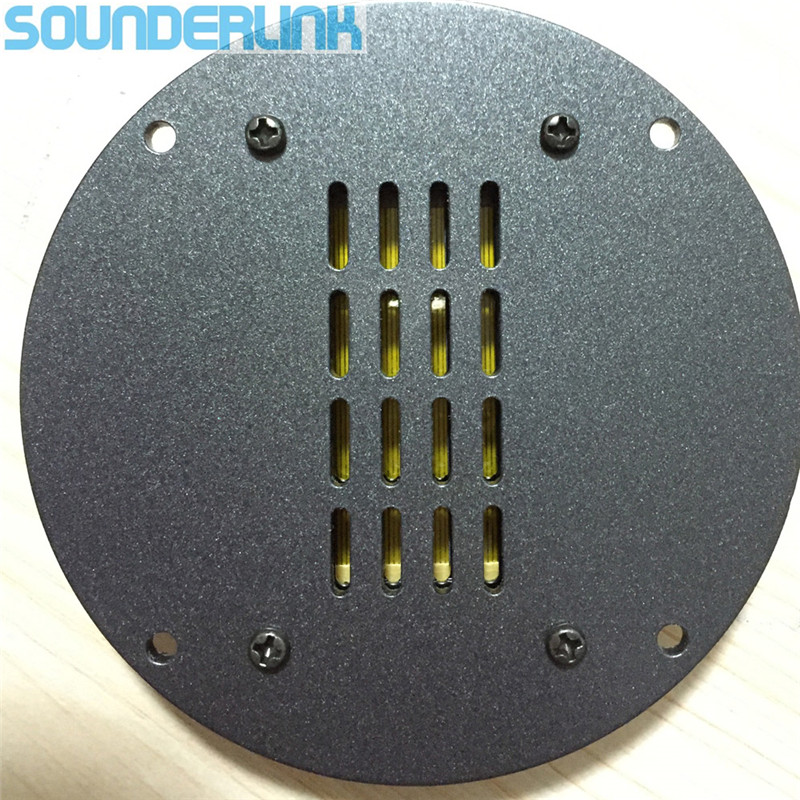
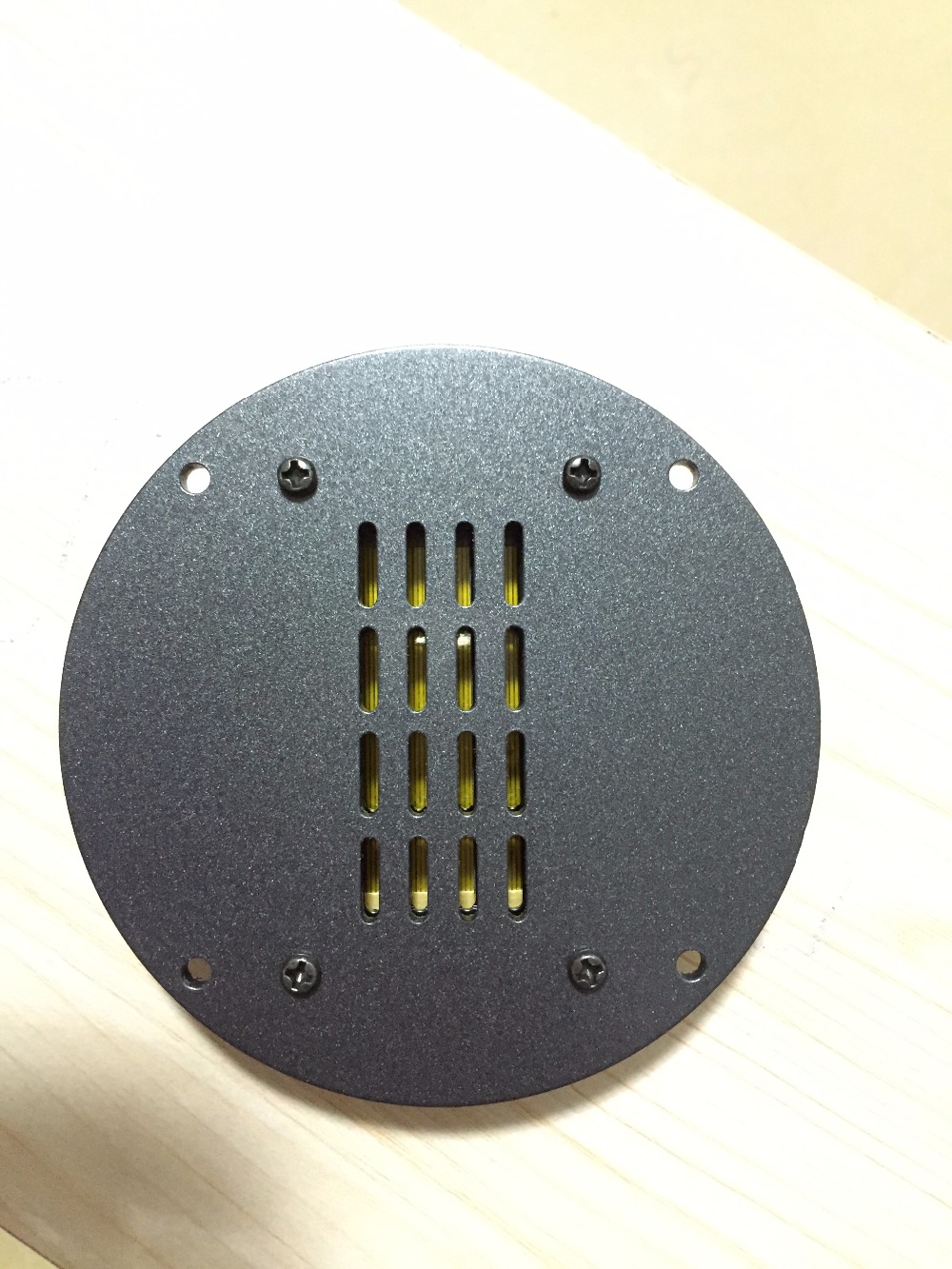
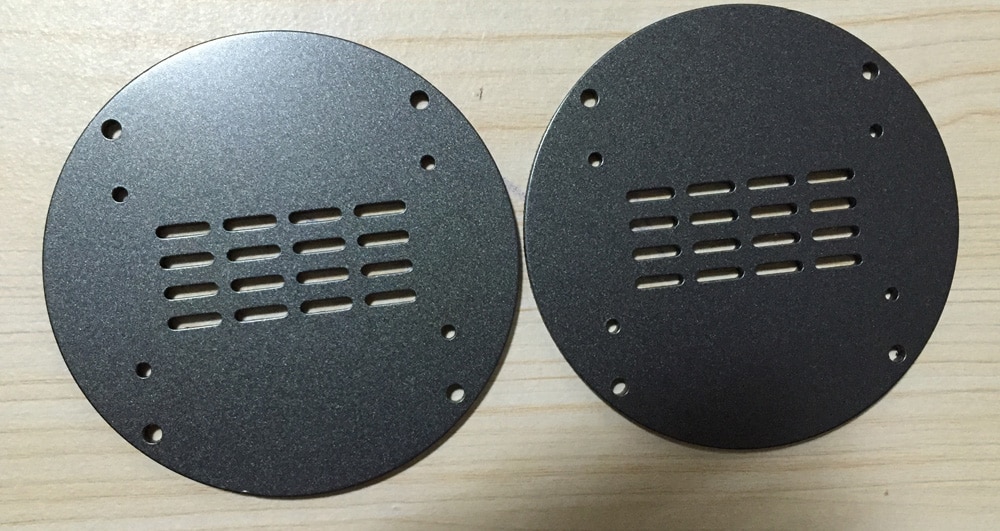
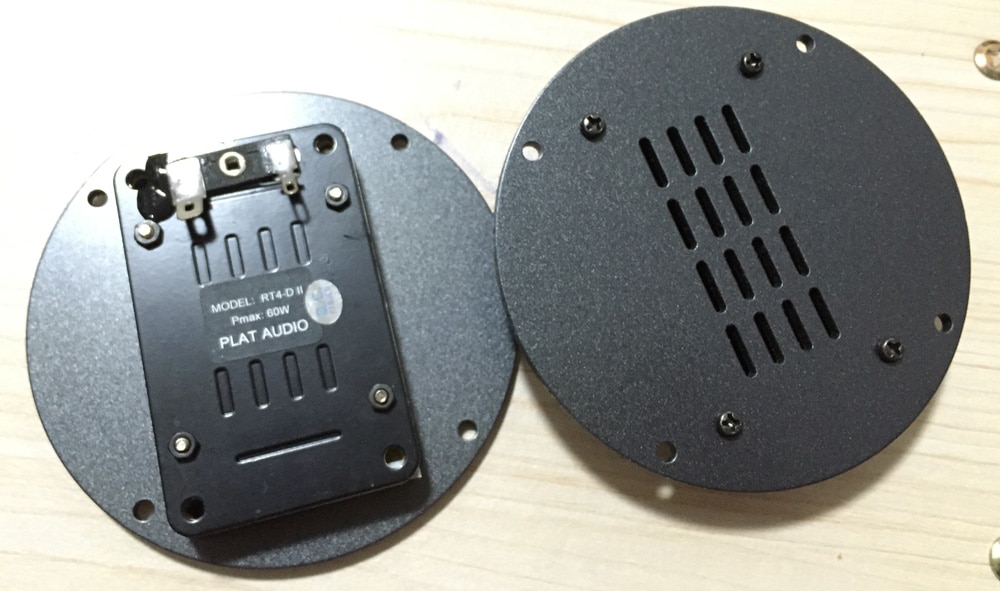
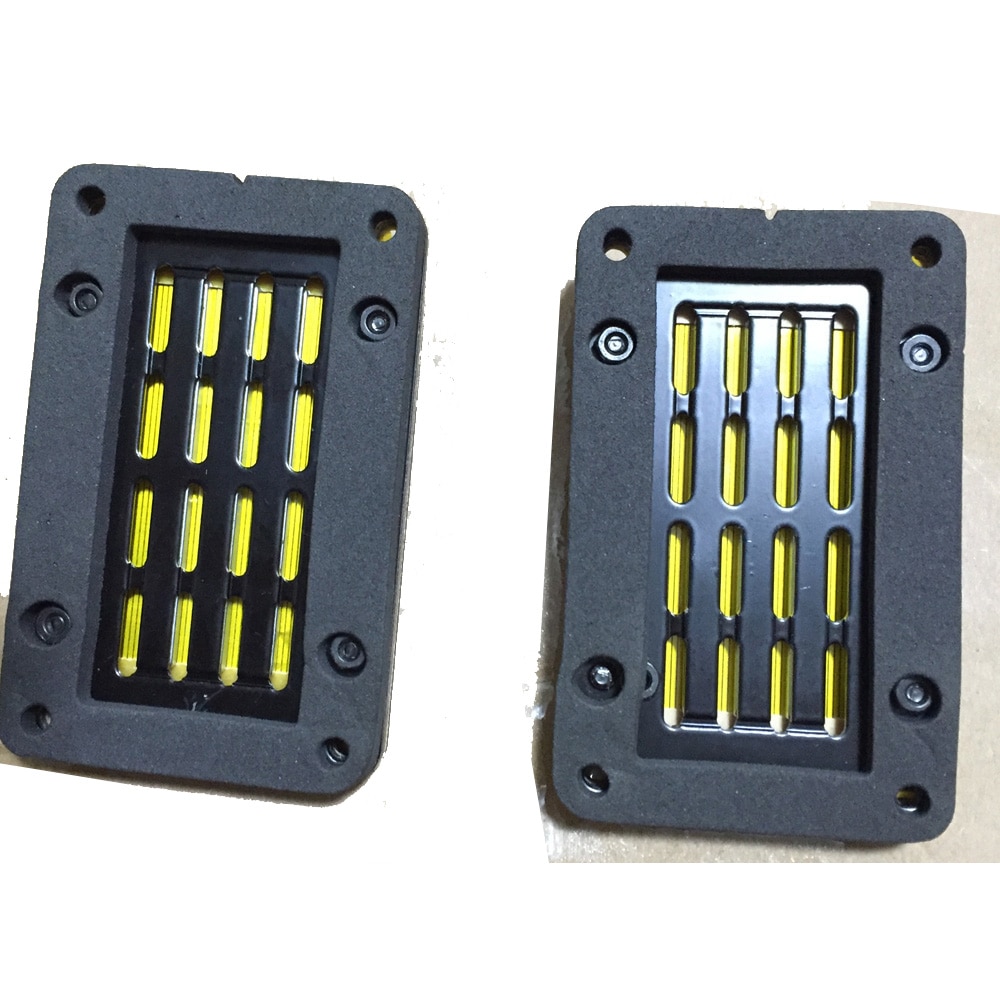
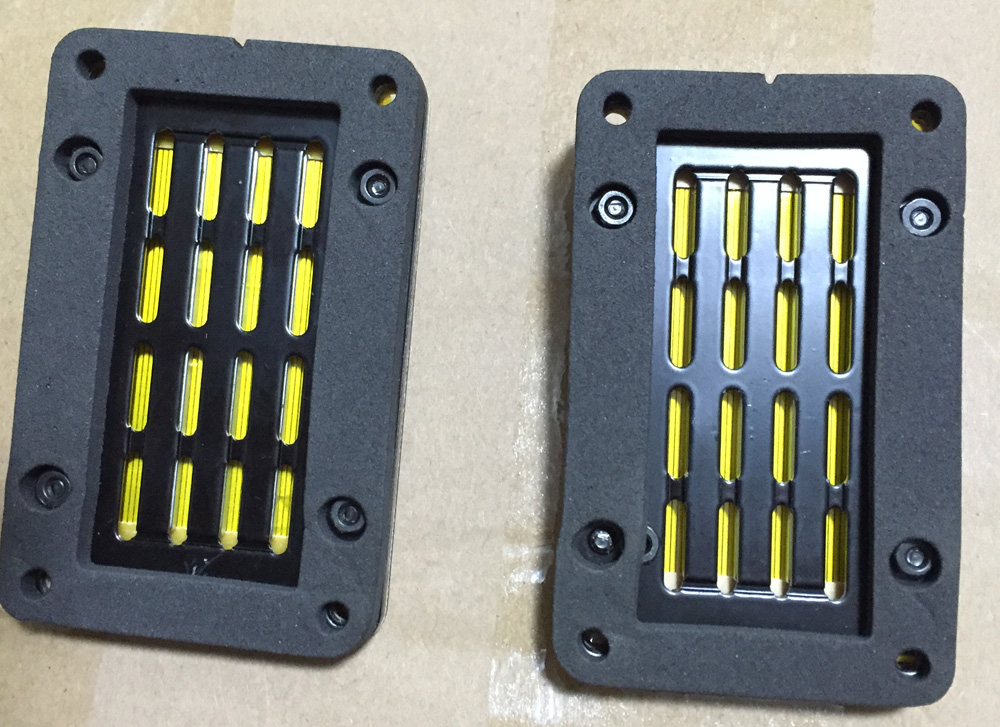
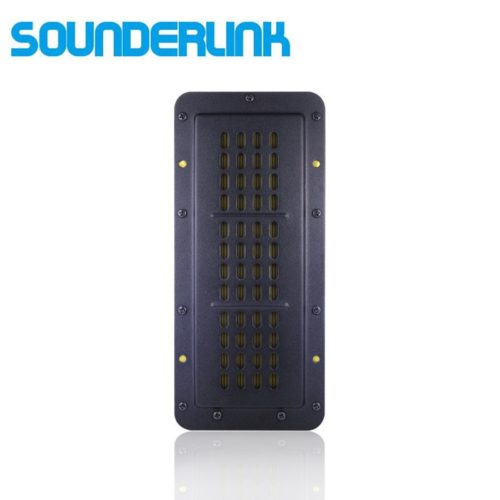
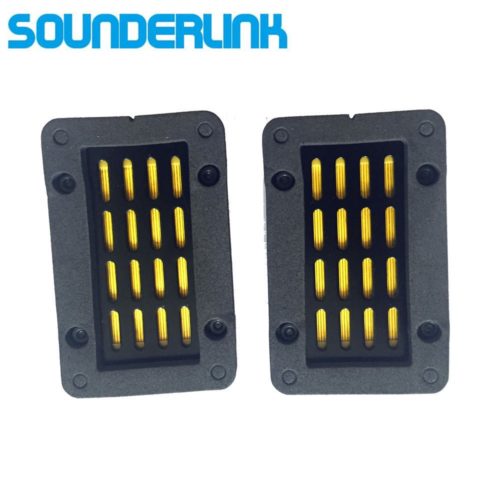

Reviews
There are no reviews yet.